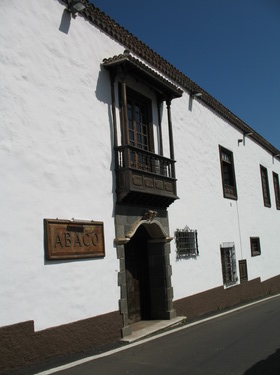![Casa Amarilla. [Yellow House]](https://citpuertodelacruz.com/wp-content/uploads/2017/09/Casa-Amarilla.jpg)
Casa Amarilla. [Yellow House]
Casa Amarilla. [Yellow House]
The Yellow House located near the Yeoward coast is a two-storey Canary house, now practically a ruin. In the 1920s it was used as a centre for research into Primate behaviour , run by German scientific institutions and its results of enormous importance. The work on chimpanzees done there by Prof. Wolfgang Köhler and his colleagues from the Prussian Academy were the corner stone of the Gestalt school of psychology, an essential current of thought in the evolution of modern psychology. From the time of the closing of the research centre in 1915, the Yellow House has been abandoned and has deteriorated to become nothing more than a ruin.


![Former Convent of Santo Domingo [Saint James]](https://citpuertodelacruz.com/wp-content/uploads/2017/09/convento_santo_domingo.jpg)
![Antigua Casa de la Real Aduana [The Former Royal Customs House]](https://citpuertodelacruz.com/wp-content/uploads/2017/09/casa_de_la_aduana_02.jpg)
